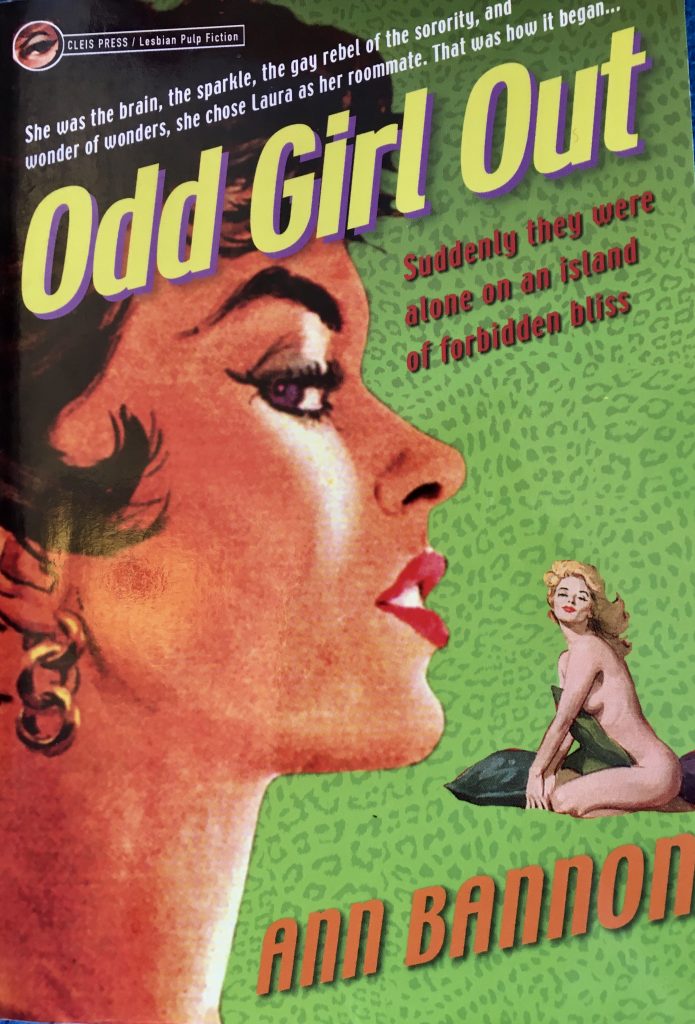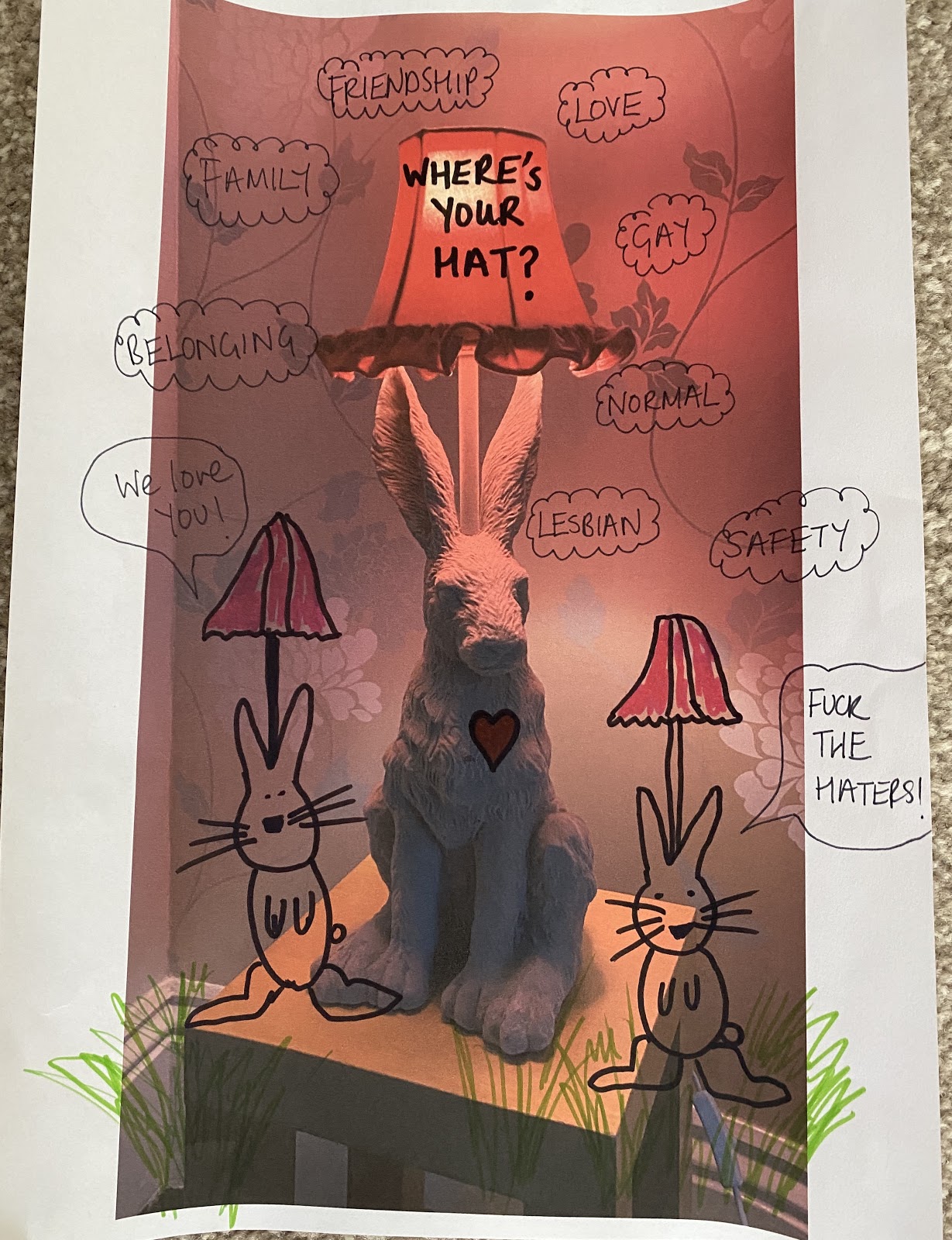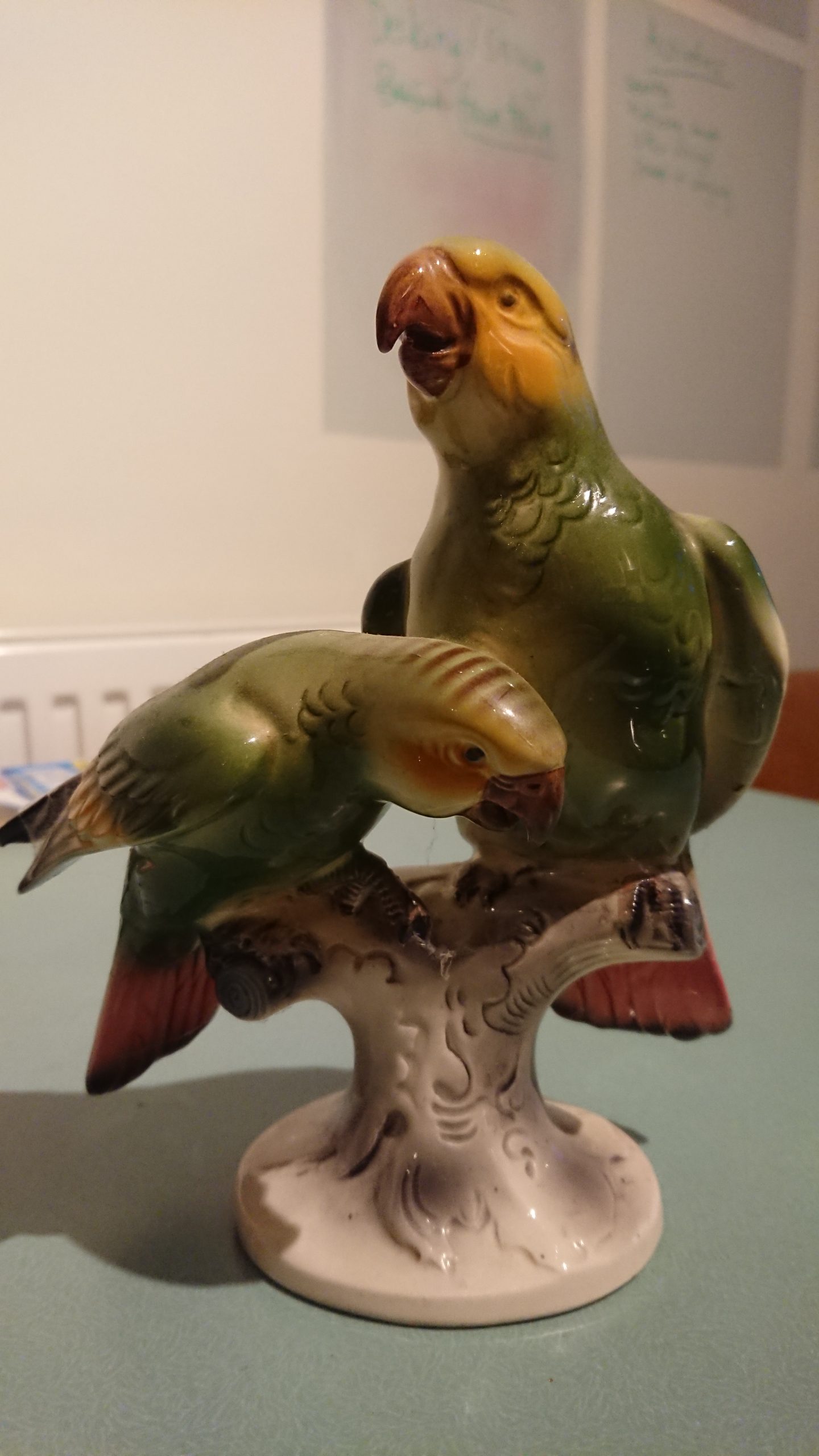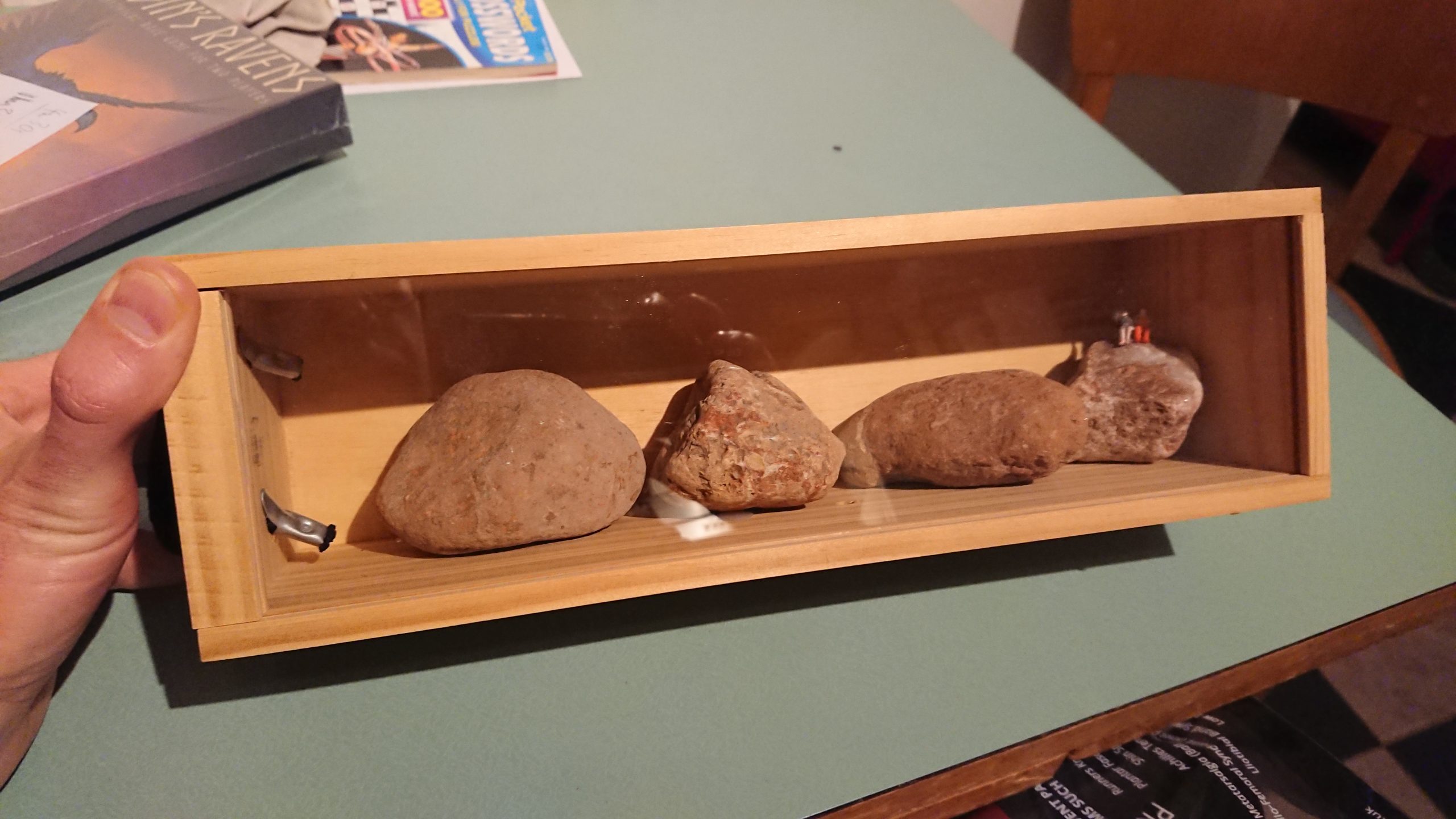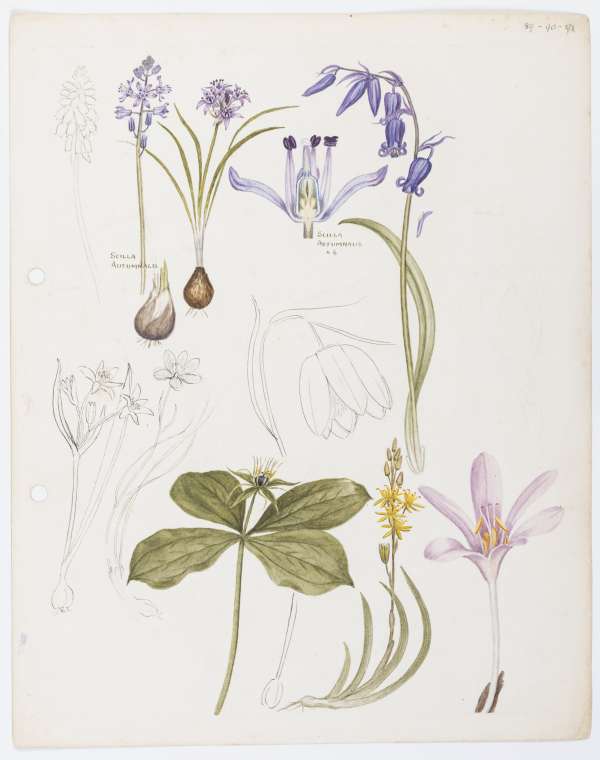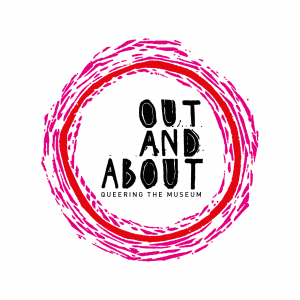
Queering the Museum: Creating, Uncovering and Celebrating LGBTQ+ Heritage at RAMM (Royal Albert Memorial Museum & Art Gallery)
Brief:
We are looking to commission 2 QTIPOC (Queer/Transgender/Intersex People of Colour) performance makers or writers to each create a short digital piece in response to the RAMM collections (https://rammcollections.org.uk).
The performance piece should also respond to one of the Out and About: Queering the Museum project themes:
- Home, Belonging and Exile
- Fashion/Self-Presentation
- Natural World
Freelance Fee: £1,000 (excl. VAT)
Start: 22nd March 2021
Location: Royal Albert Memorial Museum and Art Gallery, Exeter
The Project:
This commission is part of a 12-month project funded by the National Lottery Heritage Fund. Curators and engagement specialists at RAMM will work together with Prof Jana Funke from the University of Exeter and socially engaged artist and writer Natalie McGrath to empower lesbian, gay, bisexual, transgender and queer communities in the South West to uncover, create and share existing and new LGBTQ+ heritage at the RAMM. LGBTQ+ heritage embedded in the rich collections at Exeter’s Royal Albert Memorial Museum & Art Gallery (RAMM) will be revealed and celebrated as part of this major new collaboration.
As part of this commission, artists will work with Natalie McGrath who is this project’s Writer in Residence and its Creative Heritage Producer, Prof Jana Funke (University of Exeter) and Eleanor Coleman (RAMM).
Creative and dramaturgical support for writing/performance processes will be given by Natalie McGrath.
What are we looking for:
Short digital performance/creative writing pieces between 5 and 10 minutes in duration, to be written and performed by the commissioned artists. The content created will be shared digitally, and commissioned artists will also be asked to speak about the work produced at an online event.
Pieces will be in response to RAMM collections to make visible LGBTQ+ Heritage.
As RAMM is currently closed to the public (due to national lockdown), please check out the collection online: https://rammcollections.org.uk.
Or take a virtual tour here Take a virtual tour – Royal Albert Memorial Museum & Art Gallery, Exeter (rammuseum.org.uk)
The response could be about a single object with the idea of re-writing its story through a queer or trans lens, or highlighting a different perspective on the collections.
Work from our other artist commissions can be viewed here:
How to apply:
Please submit an expression of interest including:
- Name, contact details and current address.
- A 300-word pitch (written or recorded audio/video) of what your initial idea in responding to RAMM collections might be.
(Please note it is okay for this to change throughout the process. We recognise that ideas evolve.)
- A 200-word summary (written or recorded audio/video) of your experience as a performance maker to date, including a list of any web links and publications (print and digital).
- An example of your work (e.g. link to a short film, website, piece of writing). No more than 5 pages maximum for written pieces.
- What you would hope to achieve by being part of this project and in undertaking this commission? OR: Why is it important to you to be part of a project such as this? No more than 200 words (written or recorded audio/video).
Selection Process:
- The deadline for expressions of interest is 5th March 2021.
- Selected performers shall be informed by 19th March 2021.
- Project will take place between 22nd March – 31st May 2021.
- Online event date is TBC (May 2021)
Submissions will be reviewed by members of the Queering the Museum Core team.
Decisions will be made based on programming a variety of responses that are dynamic in presenting a range of queer perspectives to a live audience.
Please submit your expression of interest and supporting material to Prof Jana Funke (j.funke@exeter.ac.uk). We welcome inquiries via email and are happy to discuss the project informally. Please contact Jana if you have any questions whatsoever (j.funke@exeter.ac.uk).
In light of the nature of this position, we consider the candidate’s racial/ethnic origins and sexual and/or gender identity to be a Genuine Occupational Requirement in accordance with Para 1, Schedule 9, of the Equality Act 2010. Therefore we are only requesting applications from people of colour who are lesbian, gay, bisexual, queer, transgender, non-binary, gender diverse or gender-questioning.
